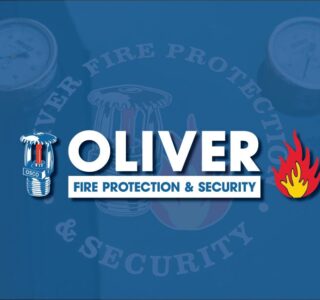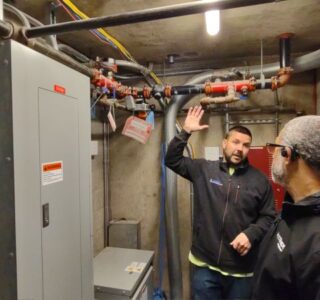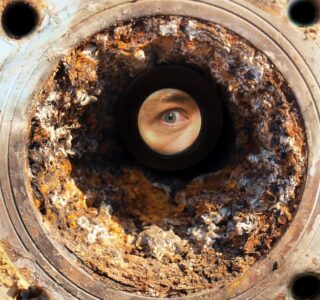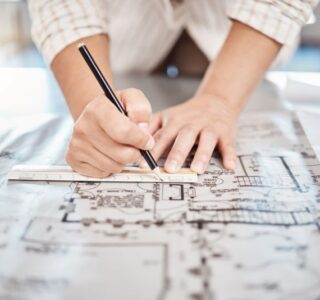This is a common question we receive all the time; Can you just give me a square foot price to sprinkler my facility? To provide an accurate estimate, we need to consider all the details.
Tag: Fire Suppression

Hard Hats to Safety Helmets: Evolution of Head Protection
While they share similarities, the modern safety helmet has a myriad of benefits over its predecessor. From a design and functional standpoint, safety helmets are designed for activities prone to head injuries such as biking or mountain climbing. When translated to the jobsite, these are the perfect protection for working at heights when on a ladder or working at heights.

Leadership and Teamwork Driving Oliver Fire Protection & Security
Our leadership team is comprised of seasoned professionals across sales, service, and operations, each with distinct responsibilities vital to our success. They are not only accountable for staffing and training their departments but also oversee the holistic view of every project under their jurisdiction. Their expertise in developing strategies not only ensures that we meet but exceed all departmental goals, driving our company towards unparalleled excellence.

Preventative Maintenance Agreements: A Small Business Perspective
When running a small business, expecting the unexpected becomes second nature, but when the unexpected results in unforeseen expenses and disruptions in business, the results can be devastating.

The Importance of 5th year Sprinkler Inspections
According to NFPA 25 14.2.1.1, a thorough assessment of the internal piping condition should occur every five years or as outlined in 14.2.1.2. This assessment aims to detect foreign organic or inorganic materials that could compromise the system’s functionality.

A Tale of Two Sprinkler Heads: Quick Response vs. Standard Response
In 1996, NFPA 13 began to require quick response fire sprinkler heads as opposed to standard response in many newly systems. But what is the difference?
Created by: Design Data Concepts, LLC

